
Opinions
16:36, 15-Feb-2018
Opinion: The Spring Festival, mother of all festivals
Guest commentary by Guojiren
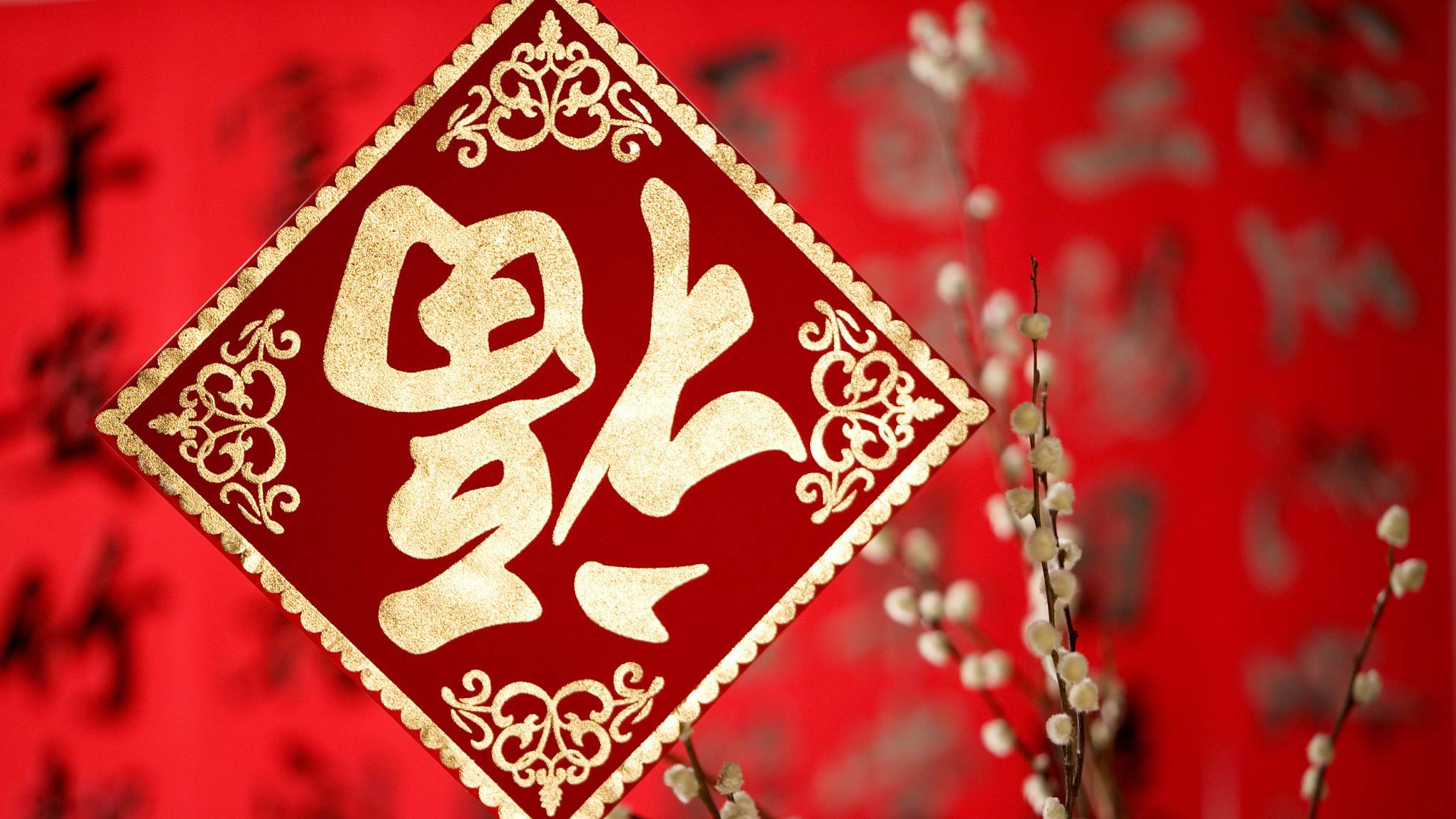
This is the time of the year when one-fifth of humanity celebrate the Spring Festival, the beginning of the new year according to the Chinese lunar calendar.
The Spring Festival, or Chun Jie in Chinese, is the oldest public festival in China and one of the oldest in the world. It has a history of more than 4,700 years, 2,697 years older than the Gregorian New Year on the universal calendar today.
Very few festivals in the world can compare to the Chinese Spring Festival in terms of history. The Egyptian festival Sham el Nesim is perhaps one of the very few that can be as old as the Spring Festival in China. The Egyptian festival marks the day when the God of benevolence defeated the God of evil and the occasion is celebrated by modern-day Egyptians through spring outings.
But, in terms of the richness of cultural traditions, there’s no match to the Spring Festival. And, it has been celebrated by the largest single ethnic people in an uninterrupted civilization of more than 5,000 years. The Chinese celebrating the Spring Festival are the same people as those who started it, while modern Egyptians are mostly Arab descendants. In the sense of history, cultural richness and people, the Spring Festival can be comfortably named "mother of all festivals".
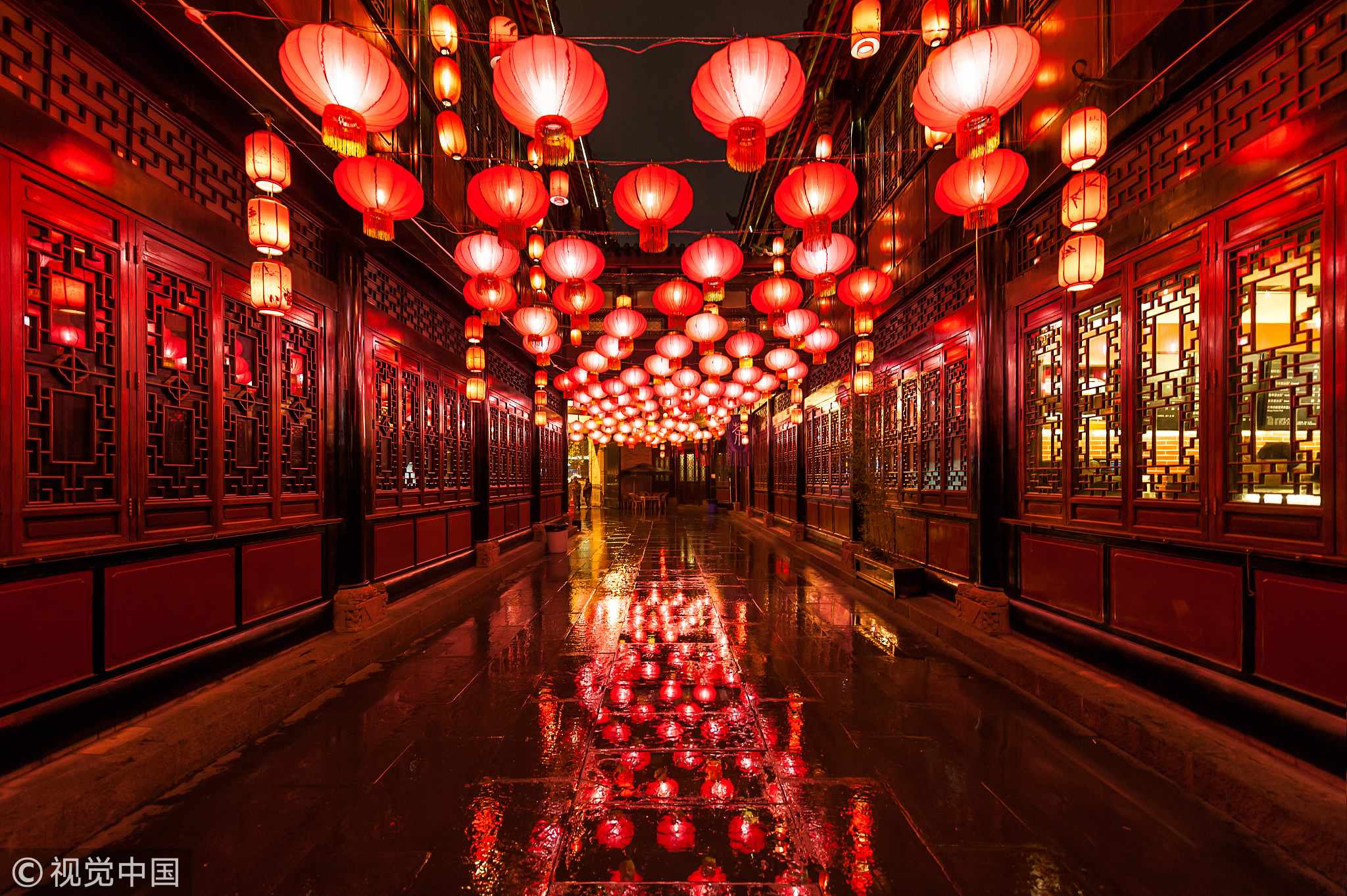
Red lanterns. /VCG Photo
Red lanterns. /VCG Photo
The Spring Festival was created on the basis of the Chinese lunar calendar which is more sophisticated than most other calendars. It has four seasons, 12 months and a 12-animal zodiac system to name a cycle of 12 years. It also divides a year into 24 Solar terms, or Jie Qi in Chinese. It not only tells when each season starts and ends, when it will rain and snow, when it’s the peak of heat and cold, it also tells the time when insects awaken and more importantly when to plant and harvest grains.
The Spring Festival is a time to celebrate the beginning of the new year, to appreciate a bumper harvest, to pray for a good year ahead, to worship Gods and ancestors, and to renew family ties.
The Spring Festival is a time to showcase the rich cultural traditions of the Chinese people. These traditions include everything from feasting to wearing new clothes, having family reunions, paying New Year’s calls, giving children lucky money or Hong Bao, setting off fireworks, hanging red lanterns, putting up New Year’s scrolls, posting paper cuttings and New Year paintings, visiting temple fairs and enjoying live performances such as lion and dragon dances, Yangko dancing, drum dancing and walking on stilts.
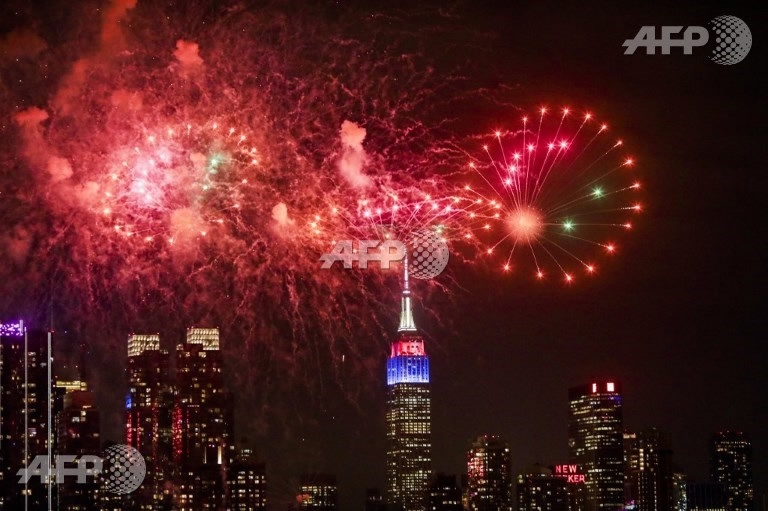
Fireworks set off to mark Spring Festival in New York City, US, February 14, 2018. /AFP Photo
Fireworks set off to mark Spring Festival in New York City, US, February 14, 2018. /AFP Photo
Each region has different celebrations and traditions. For example, there are numerous types of food prepared for the Spring Festival holiday in different regions. All in all, the Spring Festival keeps the rich Chinese cultural traditions alive. The Spring Festival with these traditions is a bond for all Chinese people who find cultural identity in it.
No matter where they are, the Chinese celebrate the Spring Festival and immerse themselves in the cultural atmosphere and home-bound-ness it brings. Overseas Chinese are still keeping the most original cultural traditions for the Spring Festival. For example, Chinese Americans living in New York’s Chinatown display fantastic lion dances every Spring Festival and the lion would visit each and every shop to bring prosperity to these businesses. And the owners of these shops would give the dancers Hong Bao, New Year lucky money. I have personally experienced such lion dances in New York and I was quite amazed that such traditions as lion dances sending prosperity wishes to businesses are still being kept alive outside China while they almost disappeared inside China.
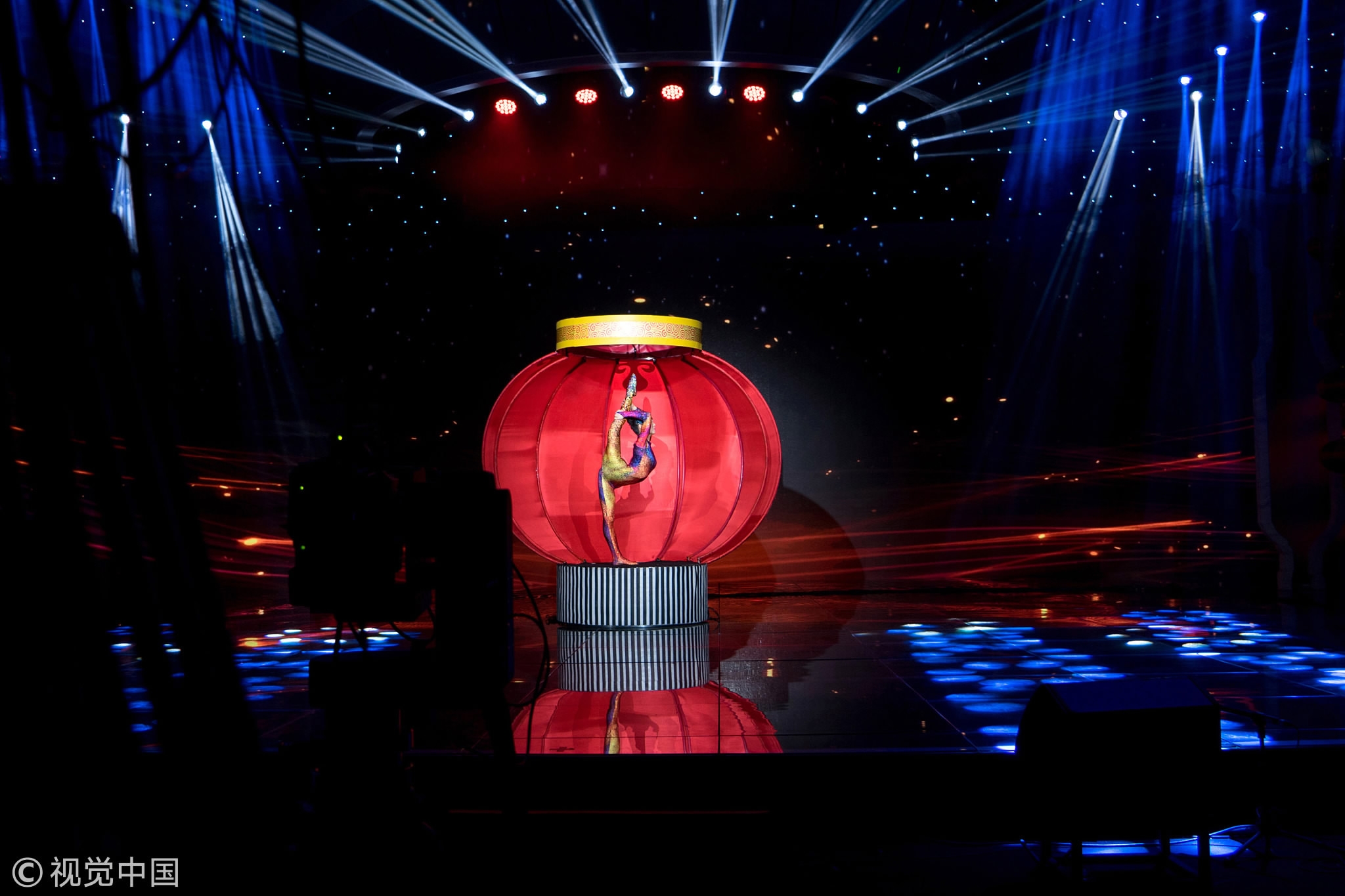
A performer rehearses for the Spring Festival Gala on CCTV in Beijing, China, February 11, 2018. /VCG Photo
A performer rehearses for the Spring Festival Gala on CCTV in Beijing, China, February 11, 2018. /VCG Photo
On the one hand, the Spring Festival is a renewal of the cultural traditions. On the other, China is losing some of the traditions or Chinese people have replaced them with new "traditions".
Traditionally, the family prepares and cooks the food at home which brings the sense of a close-knit big family. But now, more and more people choose to go to restaurants, especially city dwellers. Hong Bao, or the red envelope, is being replaced by electronic "red envelopes" through WeChat, a Chinese instant messaging app. During the Spring Festival, children in the past would be given a handmade lantern and they would go to the street with the lanterns at night. But, now few people in China would do so. In terms of new traditions, the Spring Festival Gala on CCTV has a history of 35 years and has become a must-see program for most families on the eve of the Chinese New Year. The more than four-hour long variety show not only provides new entertainment for millions of Chinese families, but also helps preserve the tradition of keeping vigil on the eve of the Spring Festival.
There are good changes and disappointing changes too, such as the loss of some of the traditions. It’s arguably better if old traditions are kept while developing new ones.
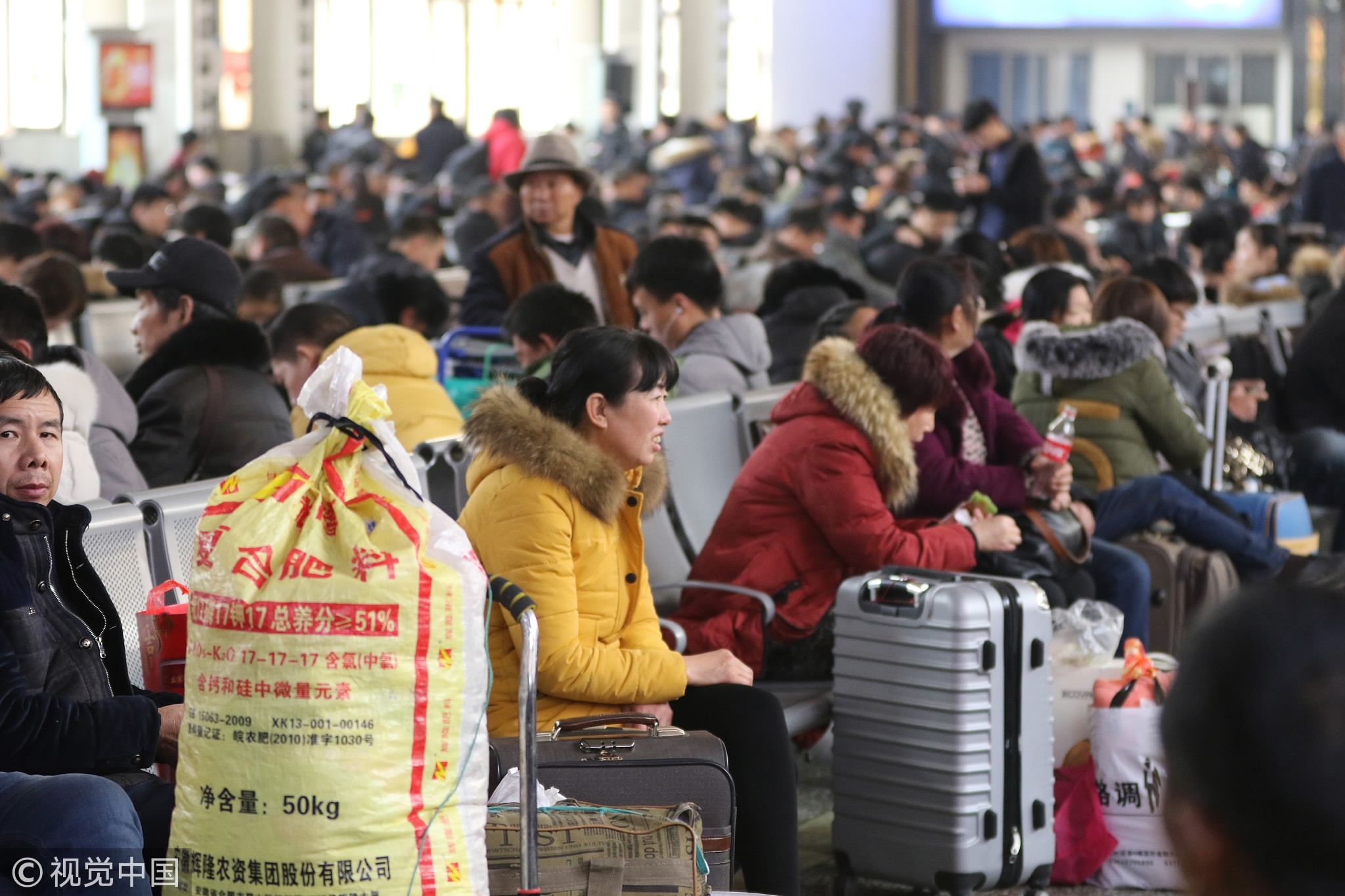
Crowds of people at Zhengzhou Train Station in Zhengzhou, central China's Henan Province, February 14, 2018. / VCG Photo
Crowds of people at Zhengzhou Train Station in Zhengzhou, central China's Henan Province, February 14, 2018. / VCG Photo
When talking about the Spring Festival, one has to talk about the Spring Festival travel rush. It is the largest human migration on the planet where three billion travels are expected during the Spring Festival period this year. In ancient times, the Chinese would only travel to nearby villages and towns to visit their relatives and friends due to limited access to transport. Now, people are enjoying much greater freedom of mobility with the advent of motorcycles, cars, planes and trains, especially high-speed trains. In another sense, the Chinese are enjoying more freedom of mobility as they move to work and live more easily in places other than their home villages or towns. Migrant workers are in astronomical numbers in China. In the last 40 years since China’s reform and opening-up, the number of travels made during the Spring Festival period has increased by 30 times. The Chinese are not only traveling within the country, but also overseas. The Spring Festival travel rush is becoming a global phenomenon.
During the Spring Festival, the whole of China is full of movement and activities. Society is filled with energy and vitality. From mega-cities to the remotest villages, people in all corners of the country are in deep festive mood. The Spring Festival is a renewal of social connections as well of cultural traditions. It reflects all aspects of life. It’s a super holiday. It’s the mother of all festivals.

SITEMAP
Copyright © 2018 CGTN. Beijing ICP prepared NO.16065310-3
Copyright © 2018 CGTN. Beijing ICP prepared NO.16065310-3